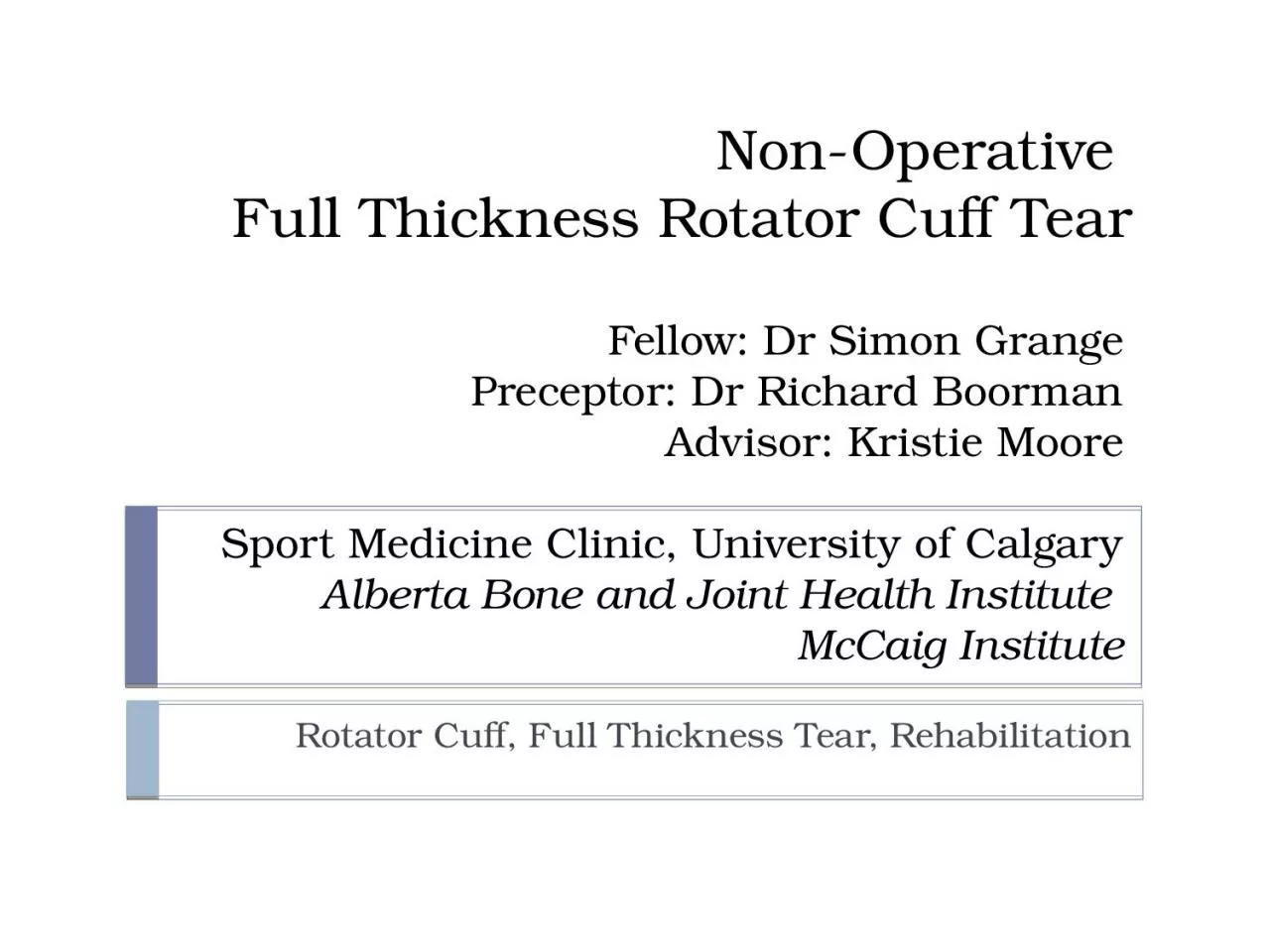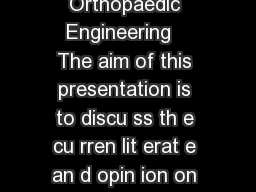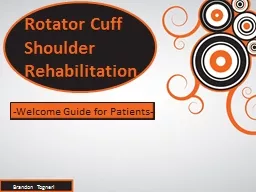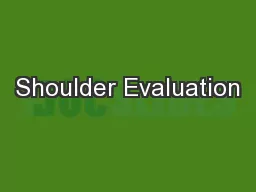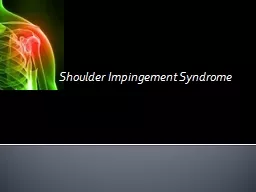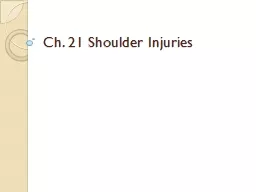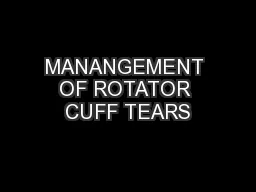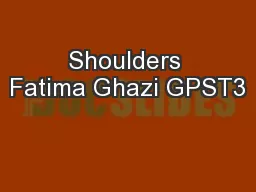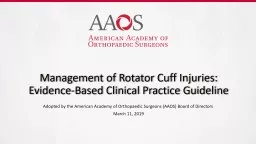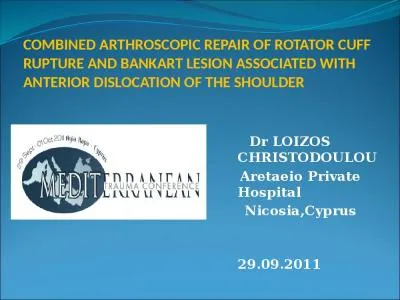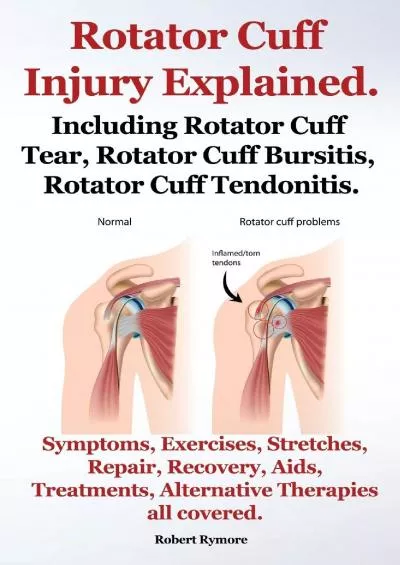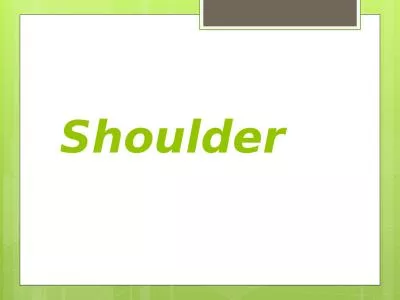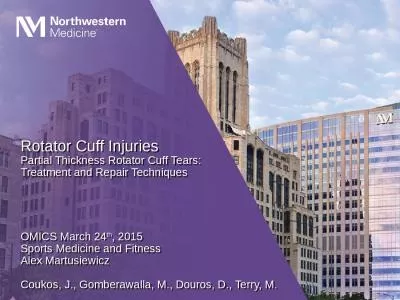PPT-Non-Operative Full Thickness Rotator Cuff Tear
Author : margaret | Published Date : 2024-02-09
Rotator Cuff Full Thickness Tear Rehabilitation Fellow Dr Simon Grange Preceptor Dr Richard Boorman Advisor Kristie Moore Sport Medicine Clinic University of Calgary
Presentation Embed Code
Download Presentation
Download Presentation The PPT/PDF document "Non-Operative Full Thickness Rotator Cu..." is the property of its rightful owner. Permission is granted to download and print the materials on this website for personal, non-commercial use only, and to display it on your personal computer provided you do not modify the materials and that you retain all copyright notices contained in the materials. By downloading content from our website, you accept the terms of this agreement.
Non-Operative Full Thickness Rotator Cuff Tear: Transcript
Download Rules Of Document
"Non-Operative Full Thickness Rotator Cuff Tear"The content belongs to its owner. You may download and print it for personal use, without modification, and keep all copyright notices. By downloading, you agree to these terms.
Related Documents

